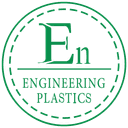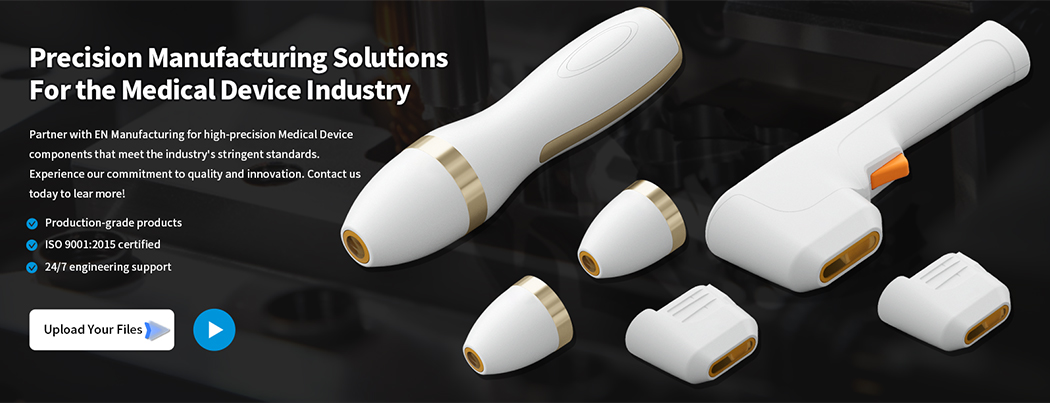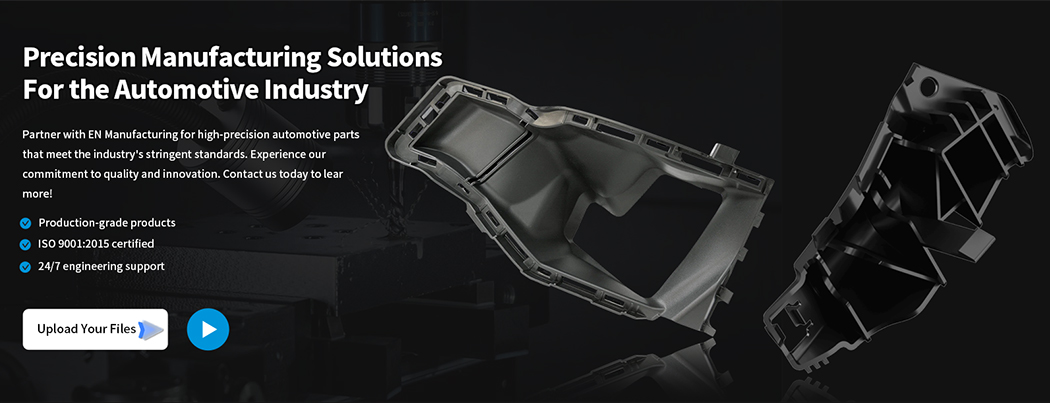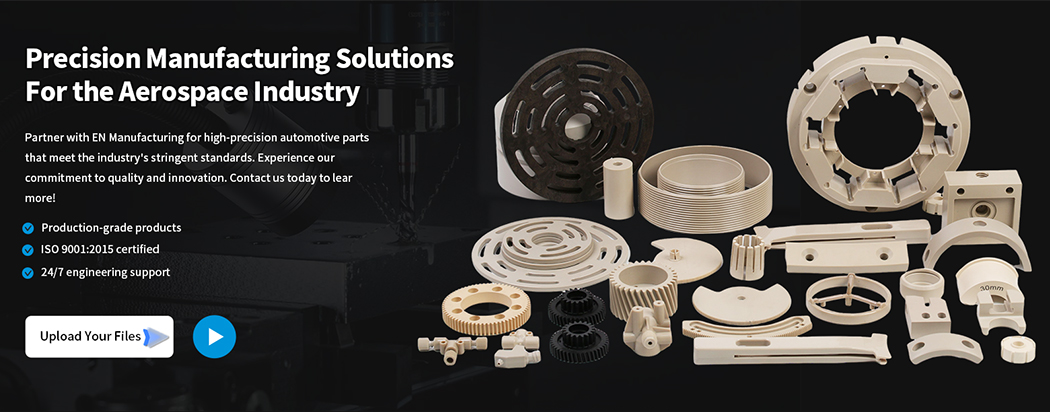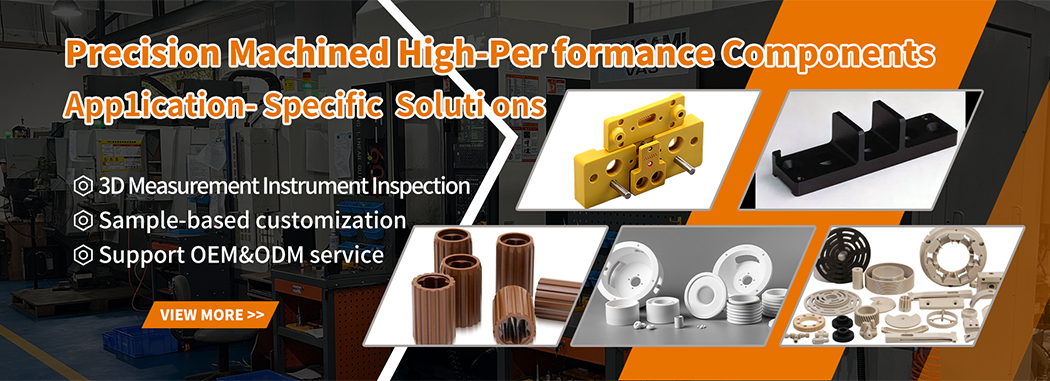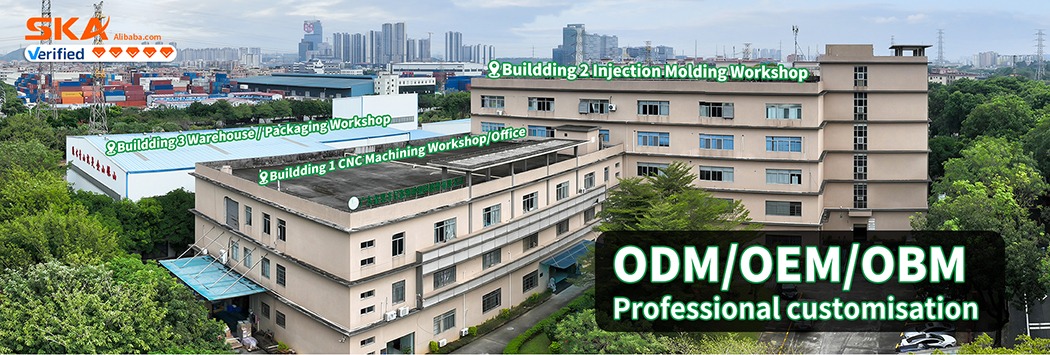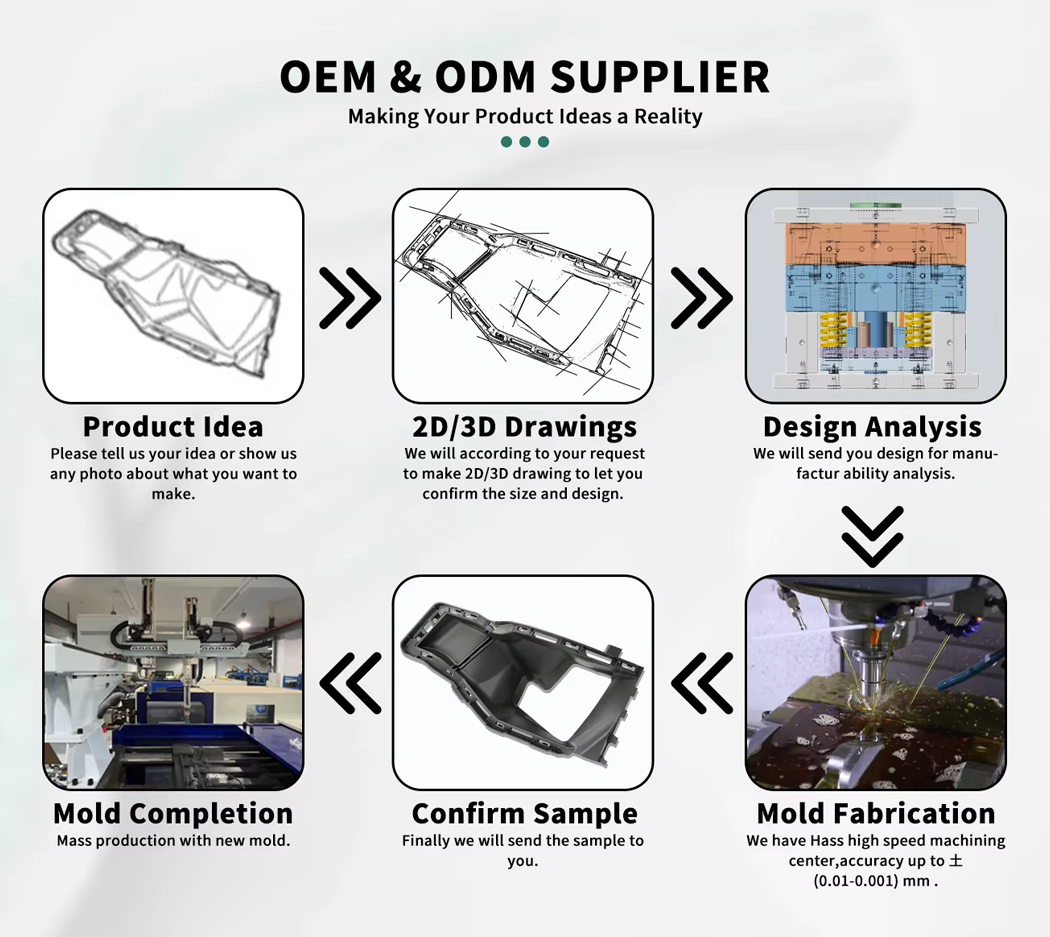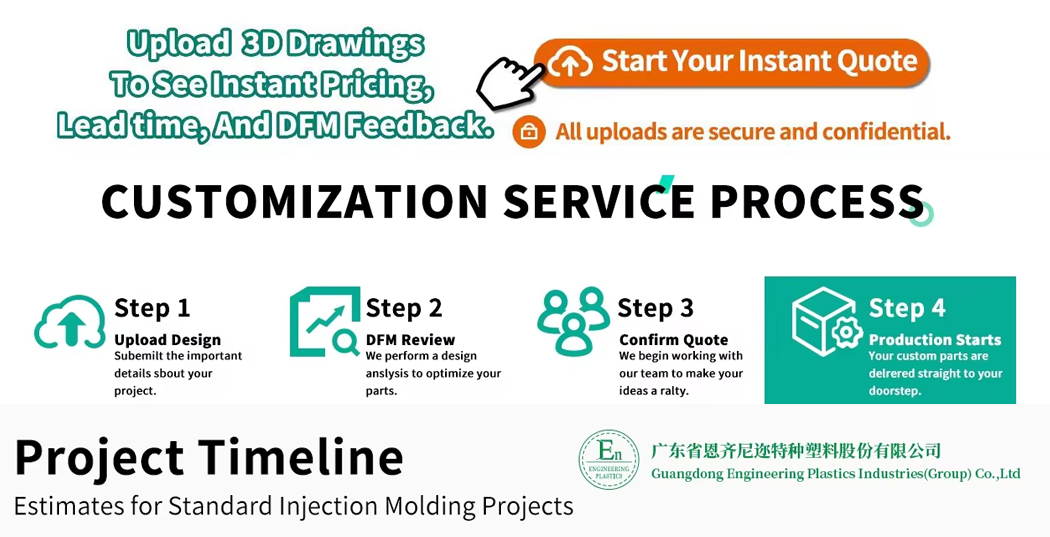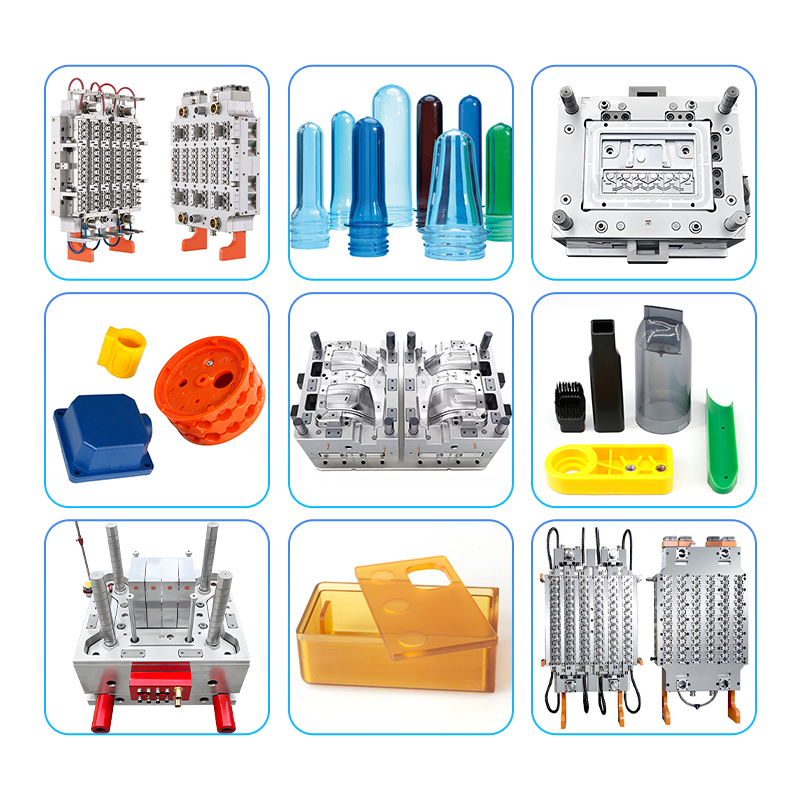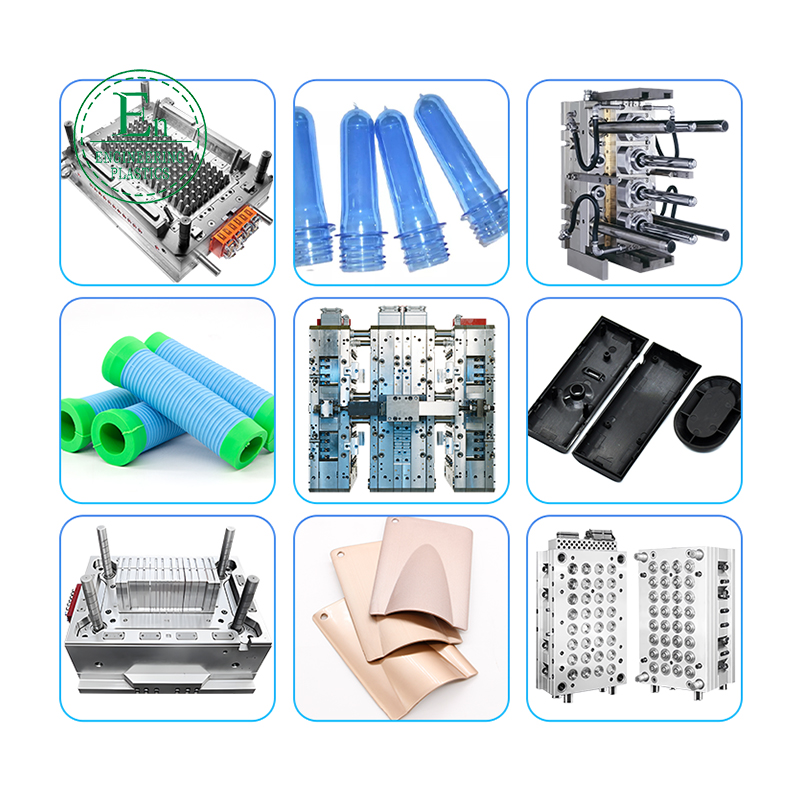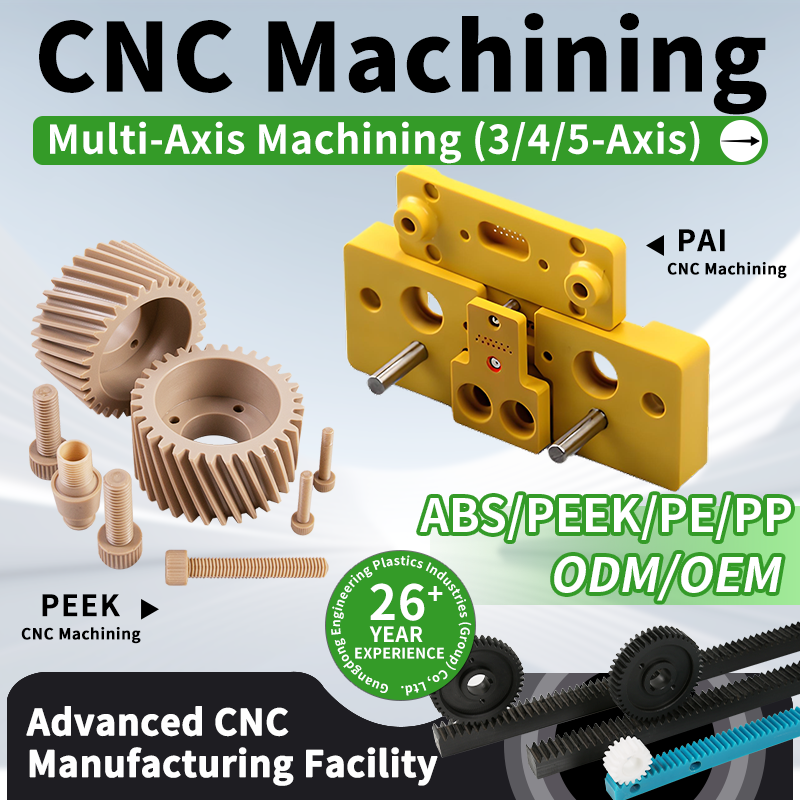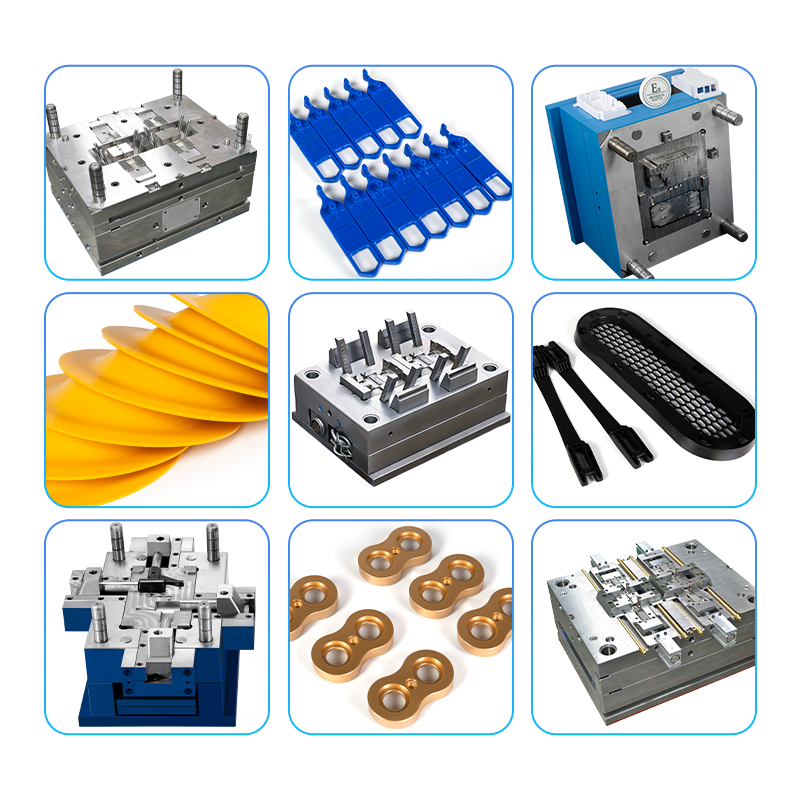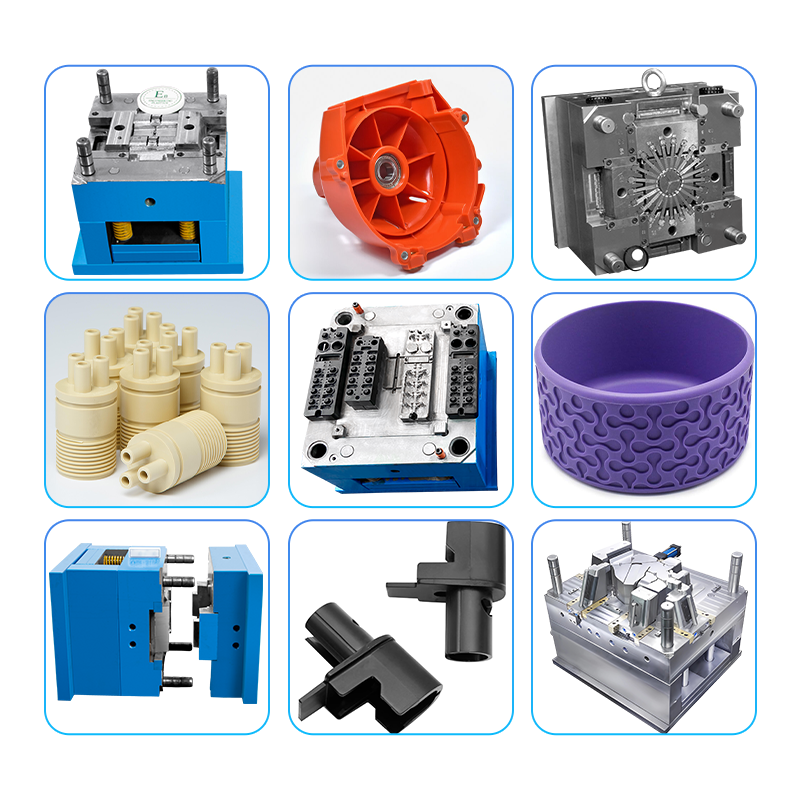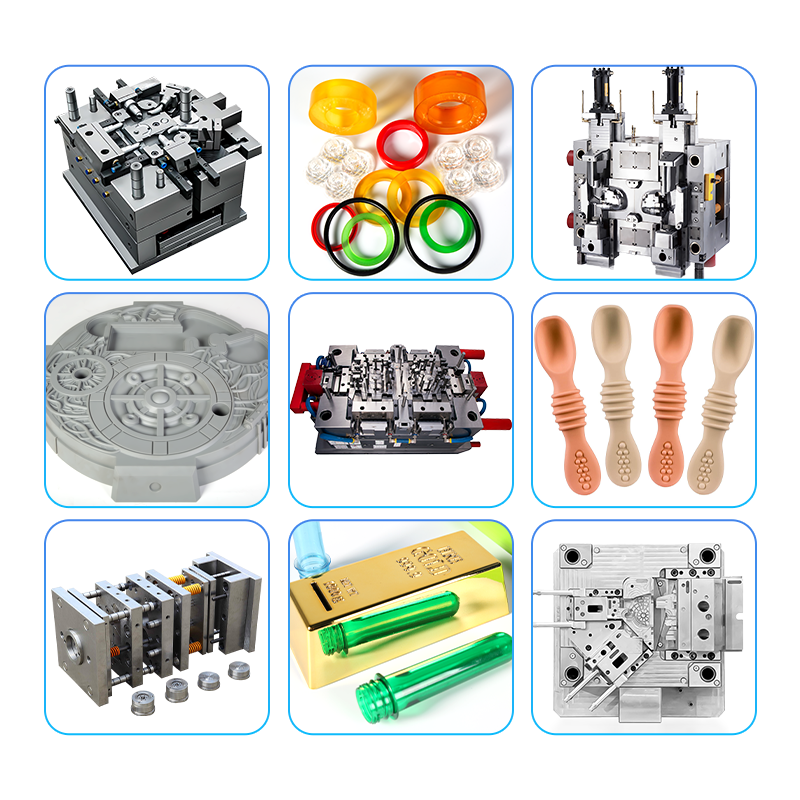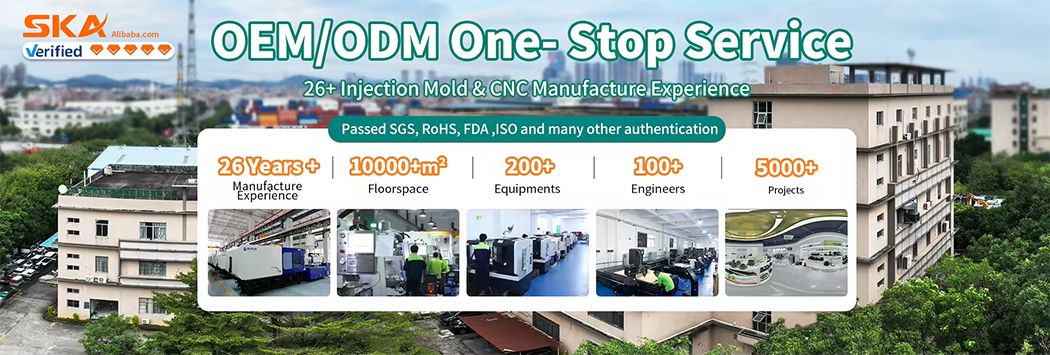
We’re Guangdong Engineering Plastics Industries Group Co., Ltd. , a specialized manufacturer of custom molds and injection molding solutions with 26 years of experience serving global clients.
Our expertise includes:
*Complex Mold Design: Multi-cavity, hot-runner, and micro-molding capabilities
*Full-Service Production: From prototyping to high-volume manufacturing
*Material Options: Engineering plastics, LSR, biodegradable polymers, etc.
*Quality Assurance: ISO 9001-certified with strict tolerance control (±0.01mm)
We’ve successfully delivered projects for industries including aerospace, automotive, robotics , and medical devices.
Our factory specializes in high-accuracy CNC machining of plastic components, utilizing state-of-the-art computer numerical control technology to deliver exceptional dimensional consistency and complex geometries. We process a wide range of engineering-grade thermoplastics including PEEK, PPS ,PAI, PI, PBI,PTFE,Nylon, ABS, POM, UHMWPE, PE,PSF, PEI, PSU, etc, catering to industries requiring tight tolerances from automotive to medical applications.
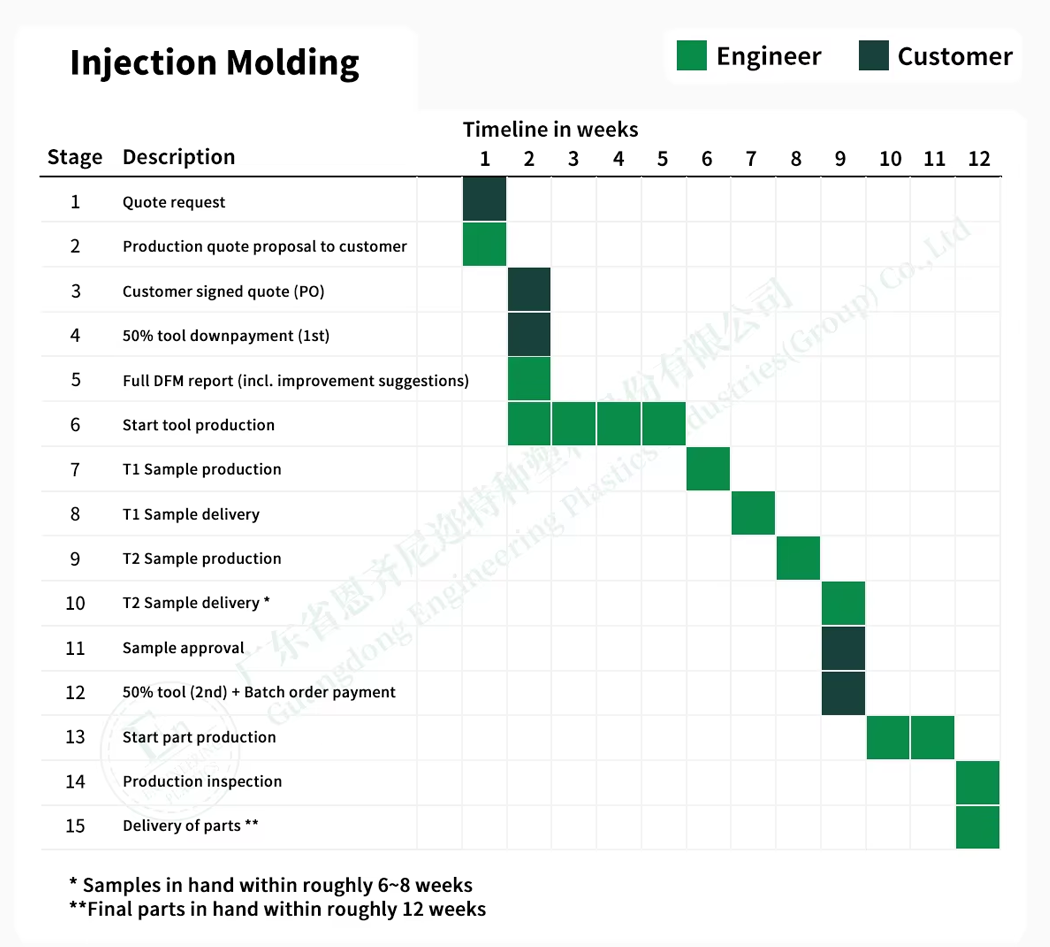
Could we schedule a call to discuss how we can optimize your next project for quality, cost, and lead time?
Email:sales@gz-plastics.com
Tel: +8618588927610
Website:https://gz-plastics.com/
The Foundation of Modern Manufacturing: Understanding Molds
In today's world, we are surrounded by countless products made from plastic, metal, and other materials. From the computer mouse you are holding to the components inside your car, a vast number of these items owe their existence to a fundamental manufacturing tool: the mold. High-quality molds are the backbone of mass production, enabling companies to create identical parts with incredible speed and precision. They are essentially hollowed-out blocks, typically made of steel or aluminum, that are precisely machined to form a cavity in the shape of the desired product. This cavity is then filled with a molten material, which cools and solidifies to create the final part. The quality, design, and durability of these molds directly determine the quality and cost-effectiveness of the finished product, making them a critical investment in any large-scale manufacturing operation.
The Intricacies of Injection Molding
One of the most common and versatile processes that rely on molds is injection molding. This technique is celebrated for its ability to produce complex parts in high volumes with exceptional repeatability. The process begins with plastic pellets being fed into a heated barrel, where they are melted and mixed. This molten plastic is then forced under high pressure into the mold cavity. Once the cavity is filled, the material is allowed to cool and harden, taking on the precise shape of the mold. Finally, the mold opens, and the finished part is ejected. This entire cycle can take anywhere from a few seconds to a couple of minutes, allowing for the rapid production of thousands or even millions of identical parts. The efficiency of injection molding makes it the preferred method for producing everything from bottle caps and medical syringes to automotive dashboards and electronic housings.
Precision Engineering in Mold Injection
The success of any injection molding project hinges on the quality of the mold injection process, which itself is dependent on the mold's design and construction. Creating a mold is a highly skilled engineering task that requires meticulous attention to detail. Engineers must account for factors such as the material flow, cooling channels, venting for trapped air, and the mechanism for ejecting the part without causing damage. A poorly designed mold can lead to a host of defects, including warping, sink marks, or incomplete parts, resulting in wasted material and time. The precision required for mold injection means that molds are often built with tolerances measured in micrometers, ensuring every part produced is a perfect replica of the last. This level of accuracy is what allows for the assembly of complex devices with interlocking parts that fit together seamlessly.
Materials and Applications
The versatility of the process is further enhanced by the wide range of materials that can be used. For the products, manufacturers can choose from hundreds of thermoplastic and thermosetting polymers, each with unique properties regarding strength, flexibility, temperature resistance, and color. This allows products to be tailored to their specific application. The molds themselves are also made from different materials depending on the project's requirements. Hardened steel is the material of choice for high-volume production runs that require millions of cycles, as it offers supreme durability and resistance to wear. For prototyping or lower-volume production, aluminum molds are often used as they are cheaper and faster to machine, although they have a shorter operational lifespan.
Why Molds are a Smart Investment
While the initial cost of designing and manufacturing a high-quality steel mold can be substantial, it is an investment that pays significant dividends in the long run. The primary benefit is the extremely low cost per unit when producing parts in high volumes. After the initial setup, the automated nature of injection molding keeps labor costs down and production speeds high. The process also generates very little waste, as scrap material can often be reground and reused. For businesses looking to scale production and deliver consistent, high-quality products to the market, investing in robust and precisely engineered molds is not just an option—it is a strategic necessity for achieving competitive advantage and manufacturing excellence.

